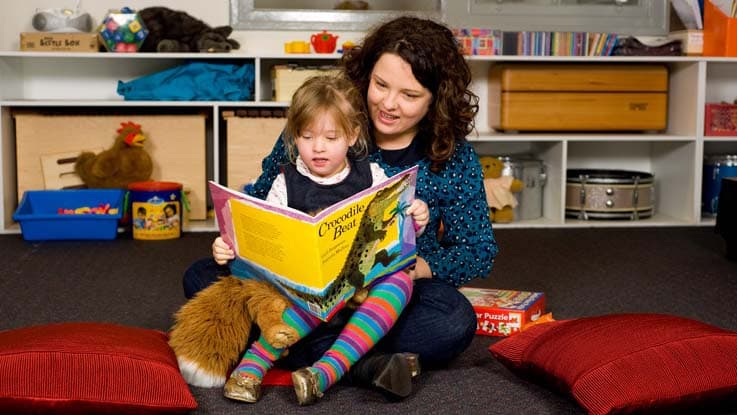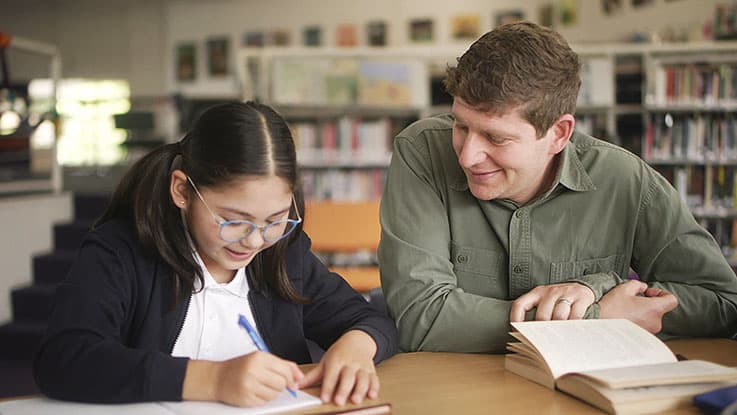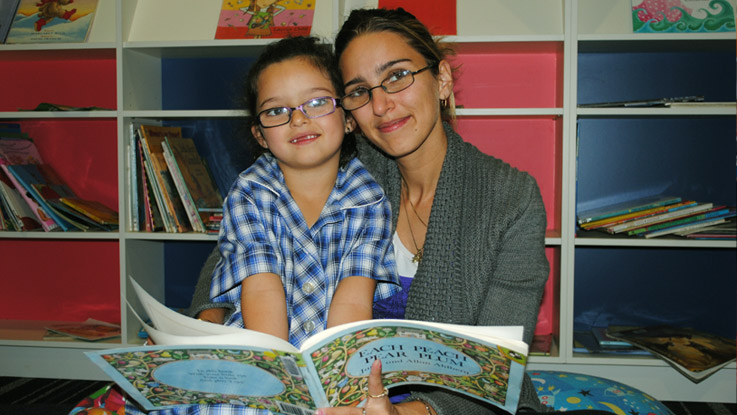
Our learning programs
Children cannot choose their circumstances
Investing in the education of a disadvantaged child delivers long-term positive benefits for them, their family and potentially generations to come.

Our work

Education has the power to change lives and break the cycle of disadvantage.
To improve a young person’s chances to create a better economic future for themselves, research tell us it’s important for children to be engaged in school and stay until Year 12 or equivalent. But sadly not every child has the same opportunities to achieve this.
Our work focuses on Australian children in families and communities where we know it’s harder for them to fully participate in their education without some help.
Our Learning for Life program provides emotional, practical and financial support to help disadvantaged children and young people with their education. Our support starts in the early years of learning development and continues through primary and high school. Our programs help build skills, knowledge, motivation, self-belief and a network of positive relationships with parents, peers and significant others. This support increases a young person’s likelihood of remaining engaged with school, completing Year 12 and developing realistic and informed study and career pathways for life beyond the school gate.
Intervention begins early and continues throughout a child's education.
We provide targeted support that begins early in a child’s life and continues in a balanced long-term way throughout their first two decades. For the same overall investment, this approach is far more effective than concentrating support on a particular period of young people’s lives. This approach results in increases in high school graduation and university enrollments and decreases in welfare reliance and criminal convictions.
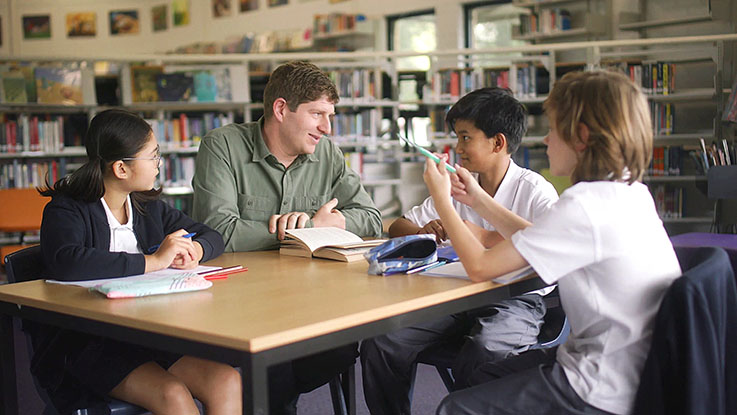
Our learning programs

Aboriginal and Torres Strait Islander programs

Arts programs

Community programs

Financial programs
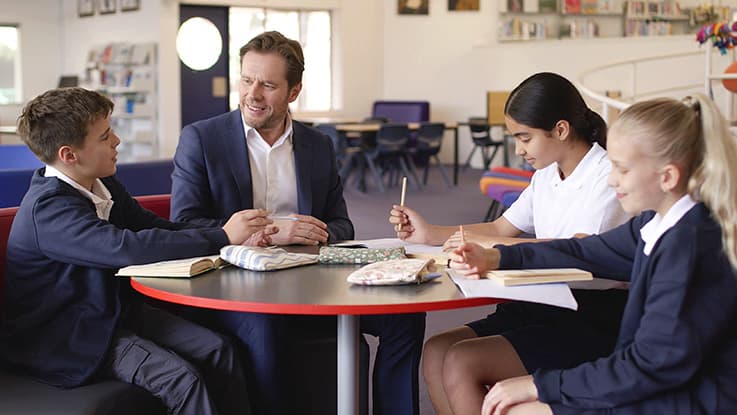
School transition programs

Learning clubs

Literacy programs

Mentoring programs

Numeracy programs

Technology programs

Work experience programs
Our impact and reach
Contributing to a better future for young Australians in need.
Education is a driver of real and powerful change that can break the cycle of disadvantage. Over the last year, thanks to the support of thousands of generous Australians, and the dedication of our staff and volunteers, we provided education-oriented learning and support programs to more than 162,534 children and young people.

Making a difference

178,430

67,165

96%
Working across Australia in 91 communities
The Smith Family delivers our Learning for Life programs across 91 Australian communities, often out of the local school.
The communities have been identified as having higher concentrations of families living in economic disadvantage and are across all Australian states and territories.


In financial year 2023-24 our programs had a big impact
-
85% of early-years professionals reported the Let's Count program improved capacity to work with parents/carers to support emergent numeracy of their children.
-
97% of community professionals reported the Let's Read program increased capacity to engage families to foster children’s literacy development.
-
94% of students who participated in our student2student reading program improved their reading.
-
80% of students who participated in our iTrack mentoring program reported that they have improved their knowledge of post-school options.
-
83% of students who participated in the Passport program increased their understanding of what to expect at high school.
-
87% of Saver Plus participants were saving the same amount or more, three to seven years after completing the program.
Allocating resources for impact
We are grateful for all the contributions we receive. Financial resources are essential for building strong infrastructure and increasing our effectiveness and impact for children experiencing poverty, so they can build skills to change their futures.
In the five years to June 2023:
- 72% of donations from our supporters has been spent on our community programs
- 28% of our resources has been invested in the vital activities that build our continuing organisational capacity and sustainability
However, our funding allocation to community programs is just one measure of effectiveness. Another critical dimension is the positive impact our investment in resources and activities has in supporting our long-term program outcome measures.

Introducing The Connection
We’re pleased to announce that from 10 December 2024, The Connection will transfer to The Smith Family where the work of The Connection complements our commitment to deepening impact for children and young people supported through our flagship Learning for Life program; and aligns well with our ambition to deepen productive partnerships with education providers as key influencers of children’s education outcomes.
This program focuses on building the capacity of school leaders to create sustained impact. It brings together highly experienced educators and emerging leaders within a collaborative framework, exposing school leadership teams to best practice and innovative thinking from all over the world.
Since its inception in 2013 by Social Ventures Australia (SVA), the program, formerly known as Bright Spots Schools Connection, has built a robust network of over 80 low SES schools and educational sites, reaching over 4,500 educators and over 80,000 students.

Learn more
1 2020 Poverty in Australia , ACOSS/UNSW Report.

